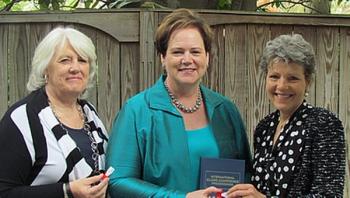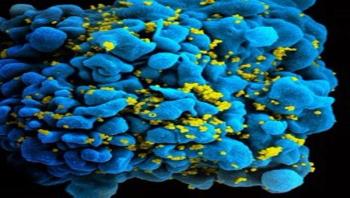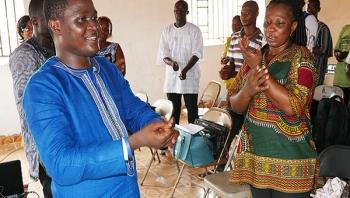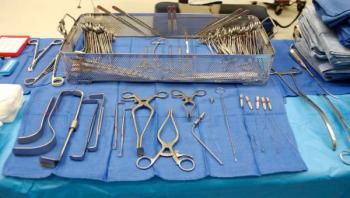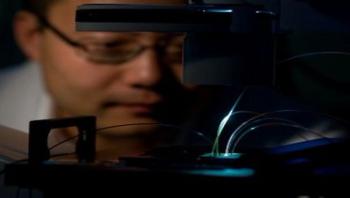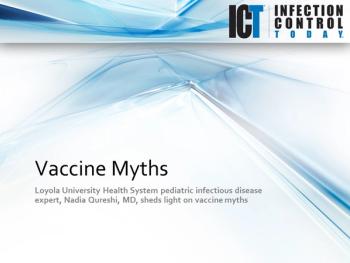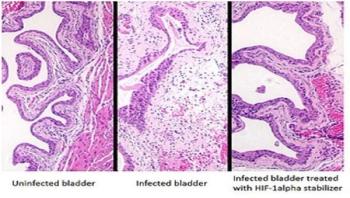Central Service (CS) professionals who continue to hold out on becoming certified until their state legislators or hospital executives require it are not doing themselves, their healthcare customers and, especially, their patients any favors. Also, as more states board the certification bandwagon and new technicians are required to become certified in order to hold a position in the CS department, more tenured, non-certified professionals – even those who were “grandfathered” in under state law* (meaning that the bill exempts them from having to become certified) – will likely feel the pressure and may lose out to their certified counterparts.
